There’s no end in sight to the hellish-looking eruption at Mount Mayon, the Filipino volcano that’s been spewing a mix of ash and lava for two weeks now. This week, after Mayon ratcheted things up with tall ash clouds and half-mile-high lava fountains, volcanologists placed it on alert level 4 out of 5—meaning a “hazardous eruption” could be imminent. The eruption at Mount Mayon could certainly get more hazardous than it already is. But how much worse is the question.
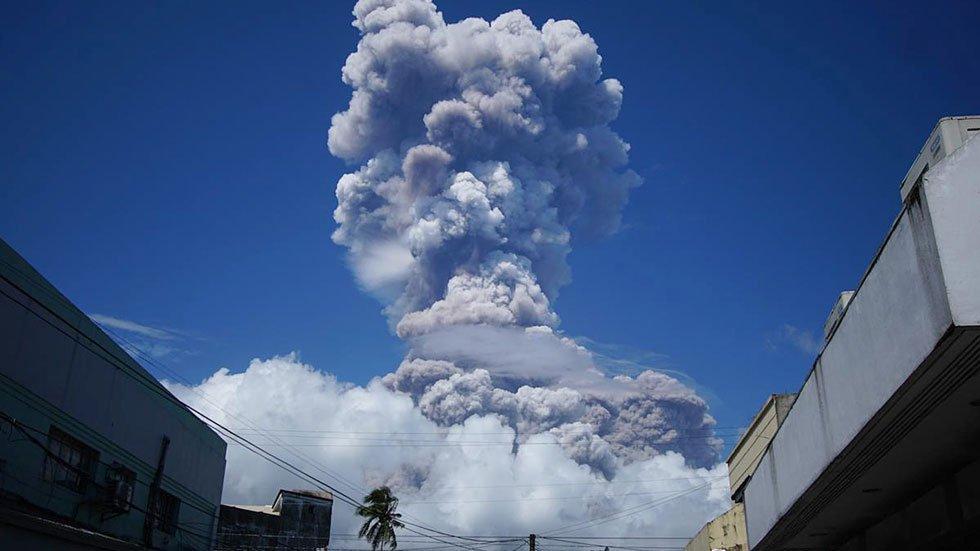
Right now, the mountain is seeing lava fountains and ash plumes reaching about 500 meters (1640 feet) above the crater. It’s also experiencing dangerous pyroclastic flows, which are ultra-hot plumes of volcanic ash and rock that race downslope, sometimes at hundreds of miles per hour. Basically, nightmare avalanches. This is all pretty standard behavior for the most active volcano in the Philippines. This is kind of a baseline eruption for Mayon and it happens frequently.
Things could continue this way for several months. Or, Mayon could crank it up a notch, with more lava erupting from the crater, taller plumes that deposit ash over a wider area, and more pyroclastic flows. The volcano could also go from erupting effusively – what’s going on right now – to erupting more explosively.
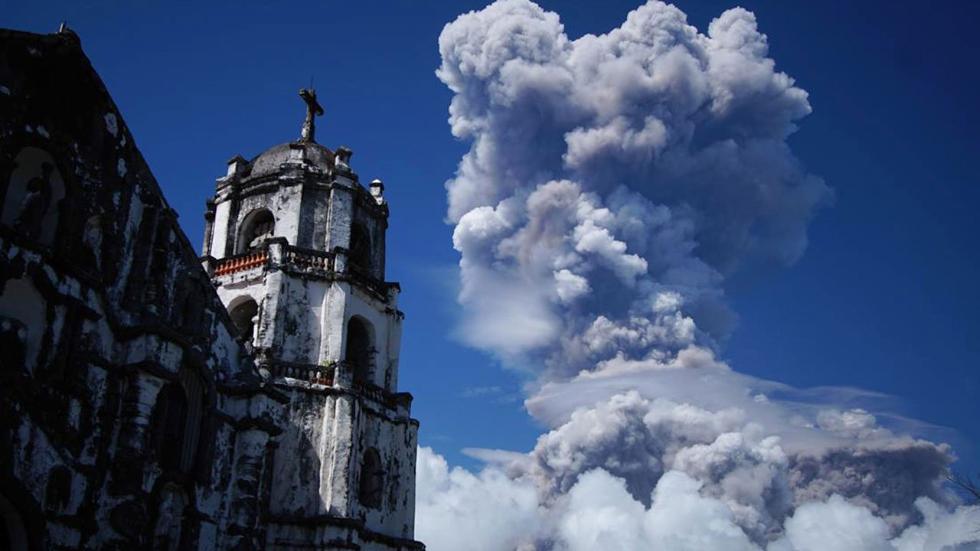
From beautiful lava fountaining to larger ash plumes
Eruptions can become explosive for a variety of reasons, ranging from a build-up of pressure within the volcano to a change in the composition of the magma itself. Thicker magmas are more likely to erupt explosively when trapped gas bubbles try to escape.
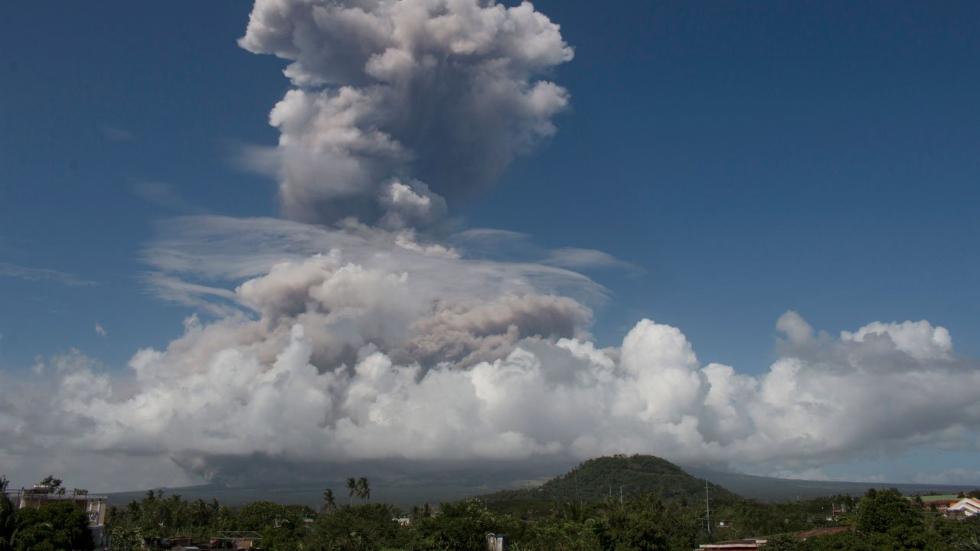
If Mount Mayon’s eruption becomes more explosive, we could start seeing much larger ash plumes and more pyroclastic flows. The volcano’s deadliest eruption, in 1814, is reported to have flung ash all the way into the stratosphere 11 miles up.
Then all that ash can go into rivers, where you can create this cement-like slurry that can pick up boulders, trees, and houses. Enormous mudslides, also called lahars, are another concern when the ash and rocks piling up on the slopes of a volcano meet a heavy rainstorm. Such flows can be incredibly dangerous and disruptive in their own right, traveling all the way to the ocean.
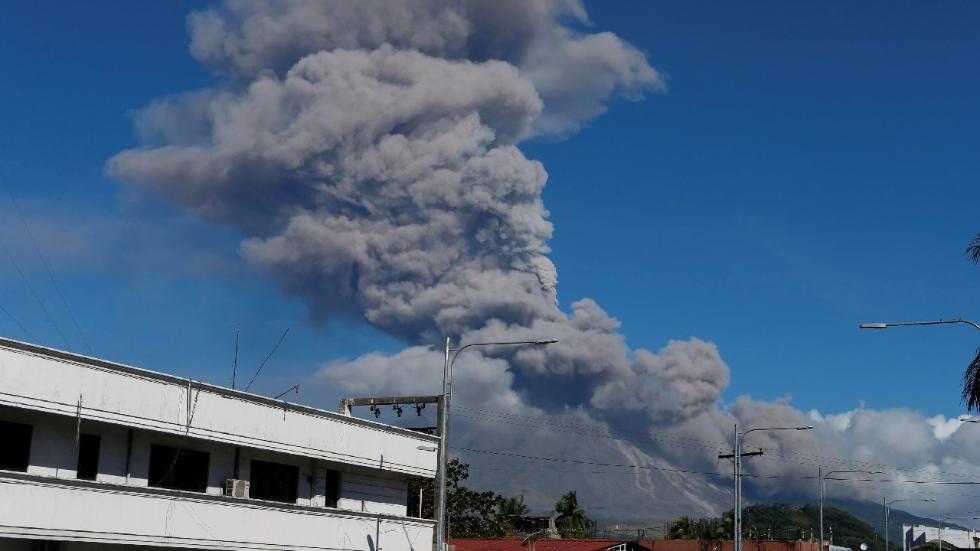
After the enormous Mount Pinatubo eruption in 1991, the region saw a good decade worth of mudflows. While the eruption at Mount Mayon is still much, much smaller than that eruption, lahars could be a long-term concern.
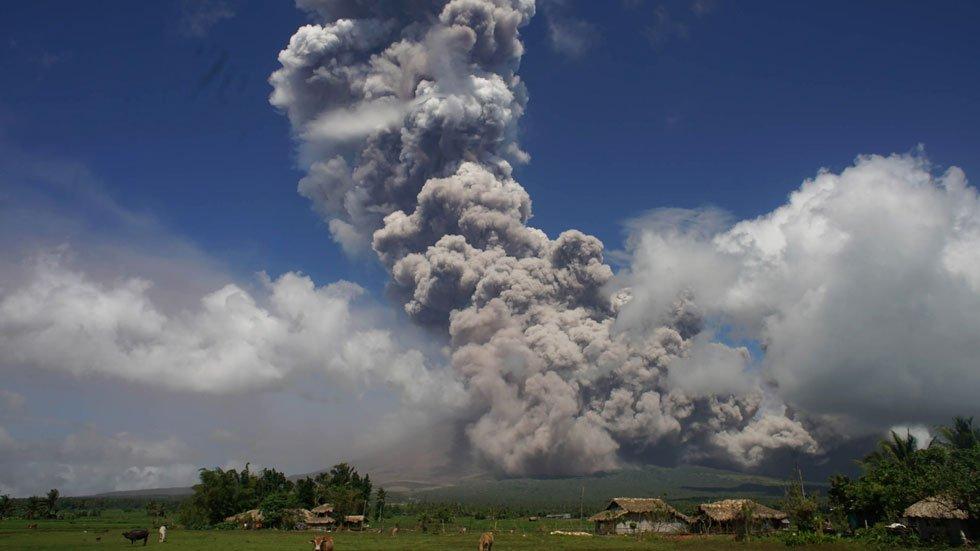
Filipino authorities are used to eruptions like this, and they’ve taken necessary precautions, including designating an 8 km (5 mile) danger zone around the volcano. As of Friday, some 78,000 villagers had been evacuated.
But one thing is more than sure: such a giant Mayon’s eruption will never murder as many people as president Rodrigo Duterte and his Philippine death squads. Maybe this volcano will finish the job?











